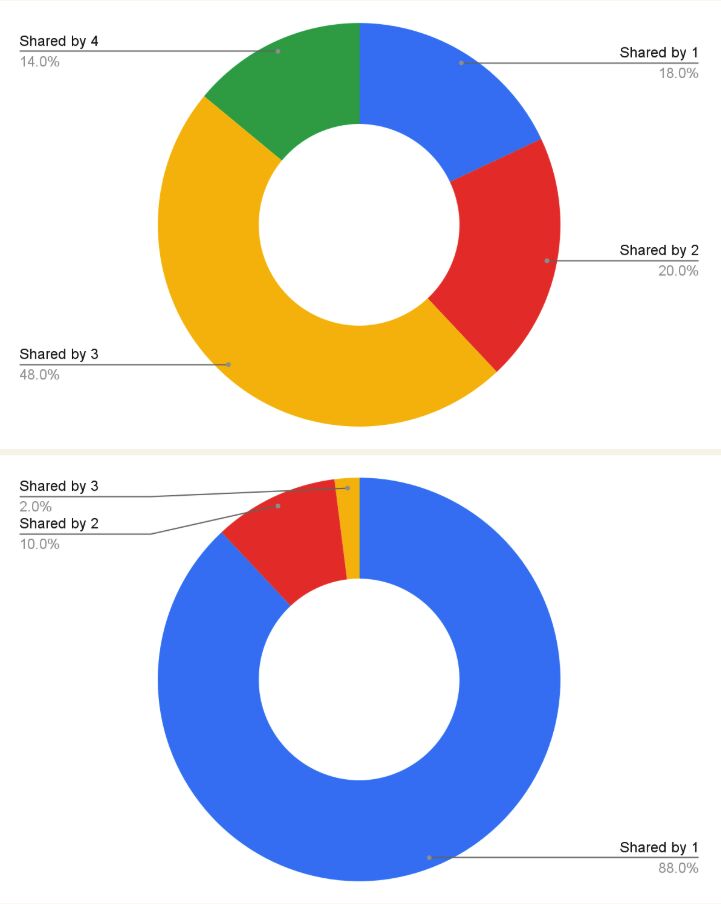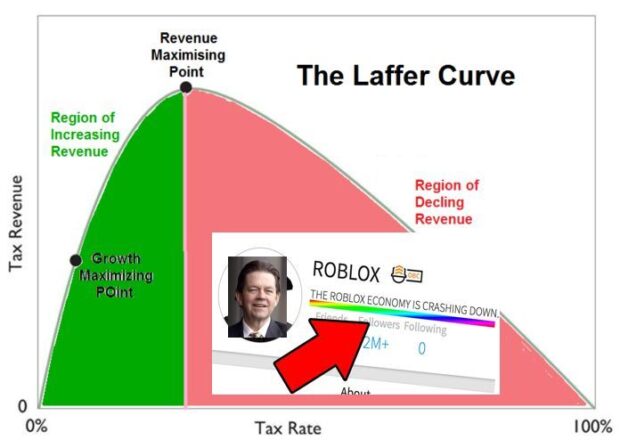
How we could reduce self-competition on DSPs.
Journal 13 David Vargas September 10

💡This is how we could reduce self-competition on DSPs with one of my clients.
I don’t talk too often about DSPs, but this was definitely an interesting case! Unlike classic channels, DSPs aren’t that simple—you spread ads across multiple inventories, which can lead to complications (different user segments, audience overlaps, varying performance, etc.).
And when your budget is large, you usually run several DSPs in parallel. That often means you end up competing against yourself for the same inventory. This is exactly what we tried to optimize for one of my clients running multiple DSPs (AppLovin, Moloco, Mintegral, and others).
👉 First, we asked them to share a report with the app placements where our ads were shown, including impressions and installs per placements.
👉 Then we cross-checked the data between all active DSPs and discovered that only 18% of the placements were unique to a single partner while the rest were shared by 2,3 and even 4 partners at the same time! (see first pie chart)
We ran an experiment based on the hypothesis that if we blacklisted repeated placements, we would reduce self-competition and improve performance thanks to lower costs.
After 2 weeks blocking placements between DSPs, we drastically reduced self-competition as you can see on the 2nd pie chart:
✅ We passed from sharing 82% of our placements to only share 12% in two weeks
✅Overlaps of 4 partners dissapeared and we just had 2% of placements shared by 3 partners
✅Our CAC decreased by 22%
🚨 IMPORTANT: Most DSPs will tell you not to blocklist placements, claiming their algorithms are “smart” and optimize at the user level blablablablabla
They might be right, but I’d still invite you to challenge the standard if you have such situation. Worst case scenario you still get a nice learning from the test.
Have a nice week!







